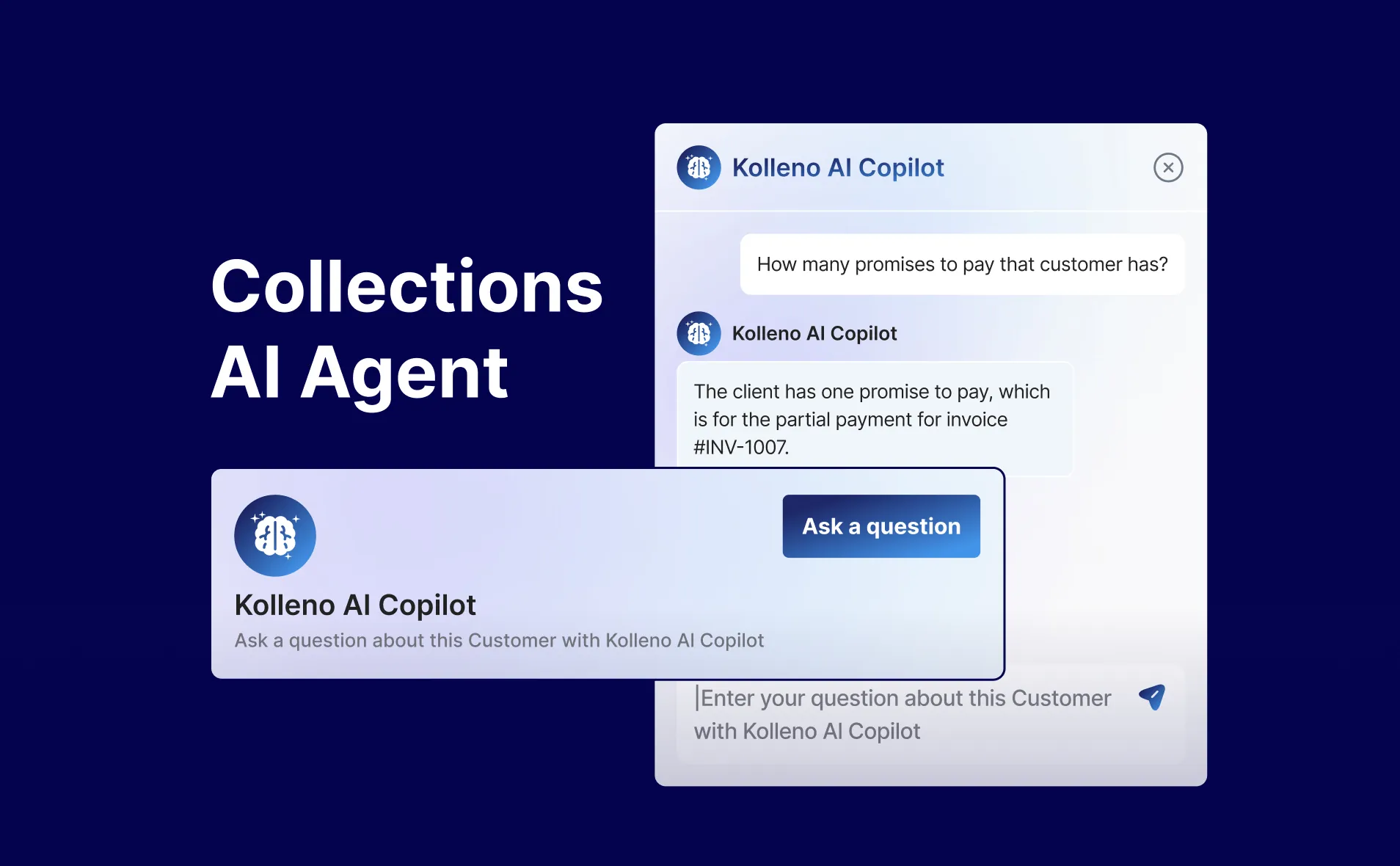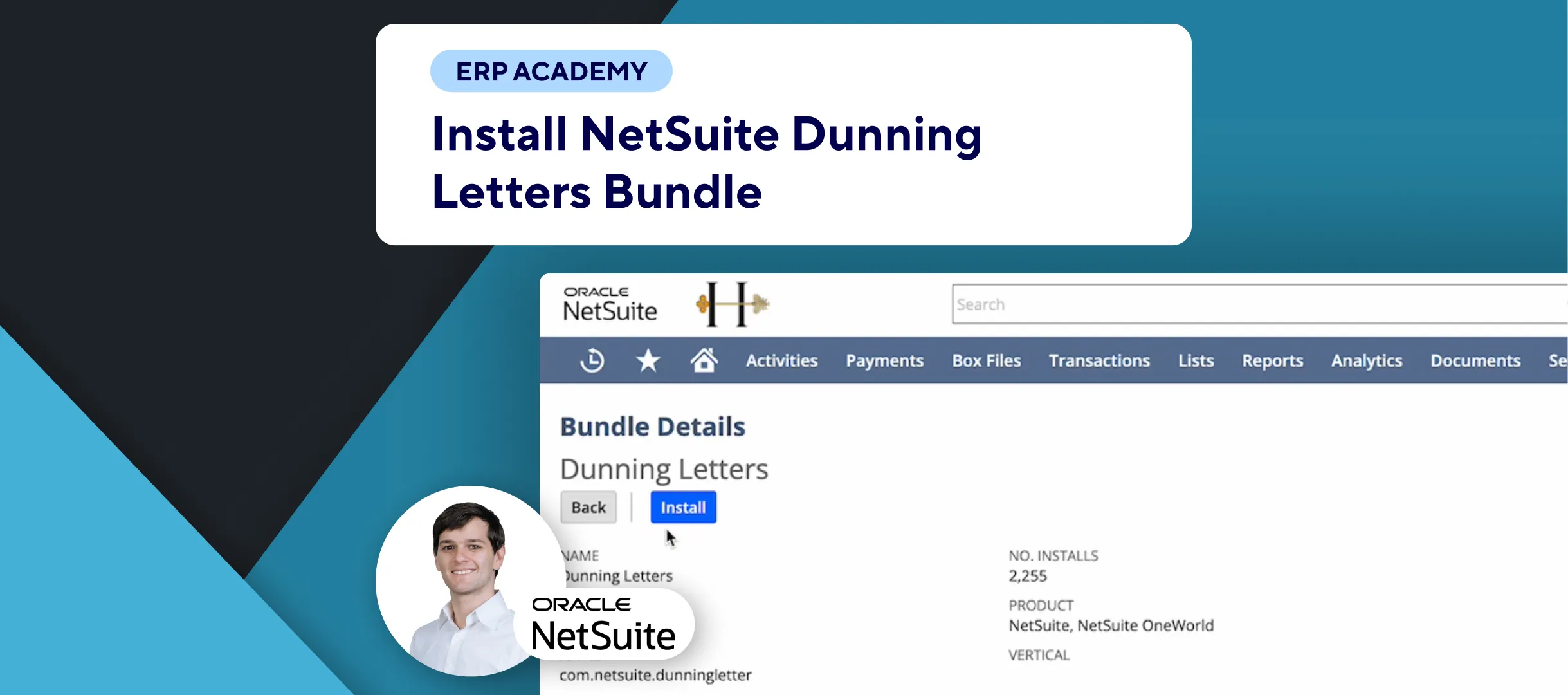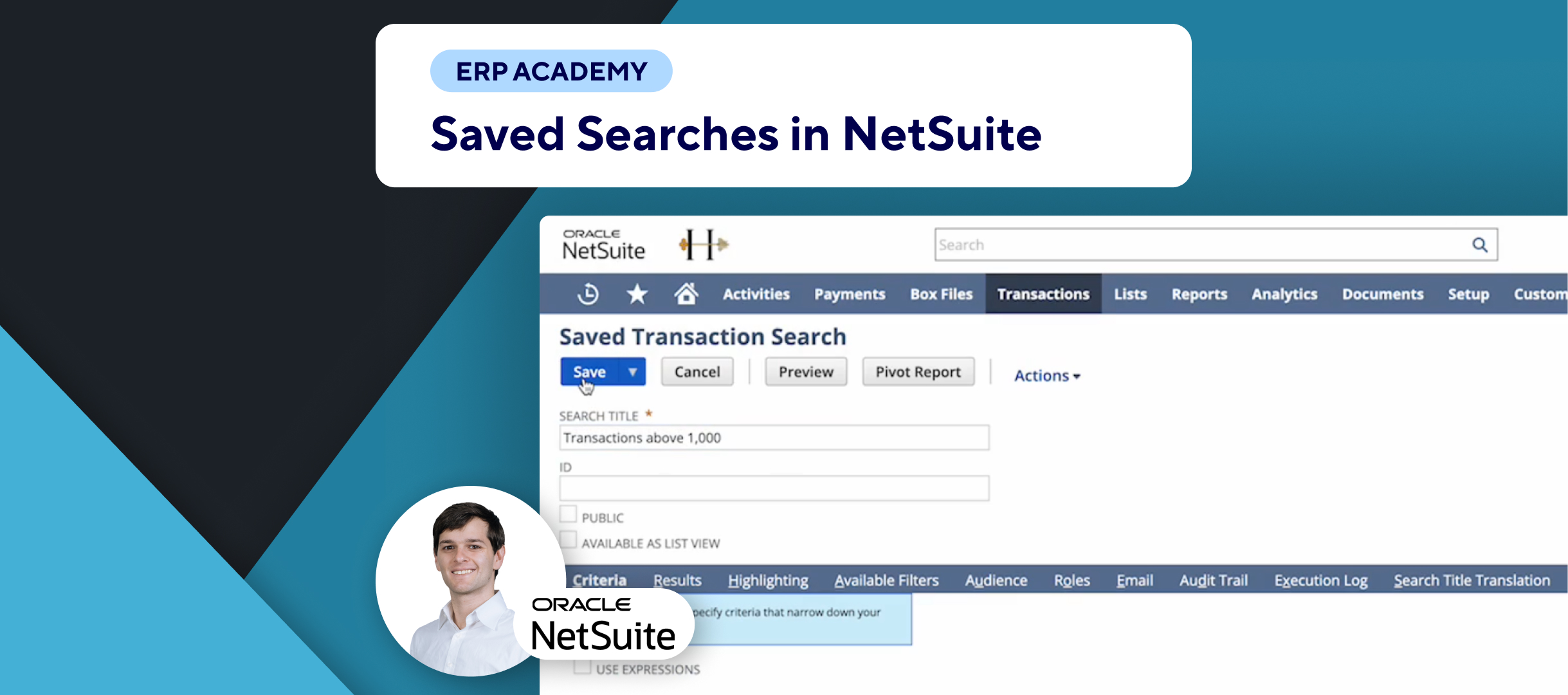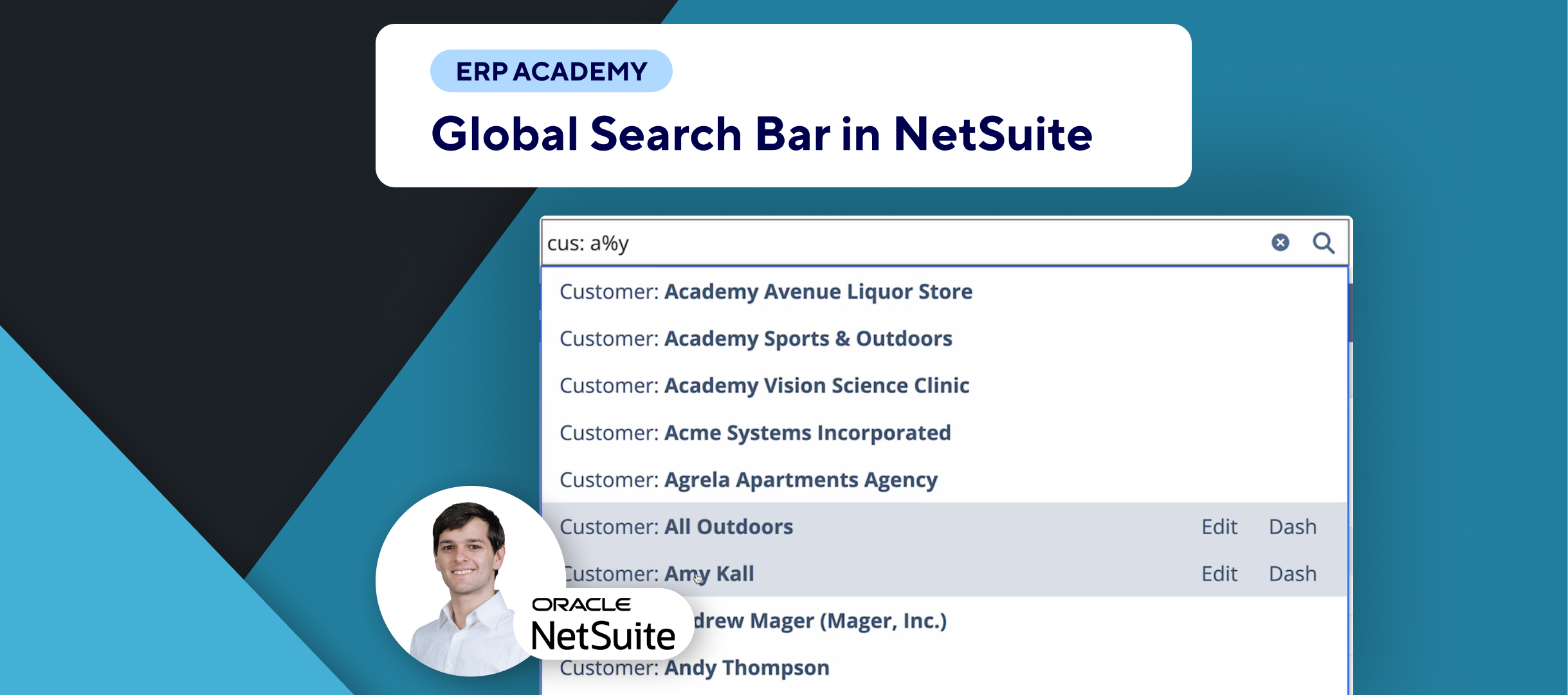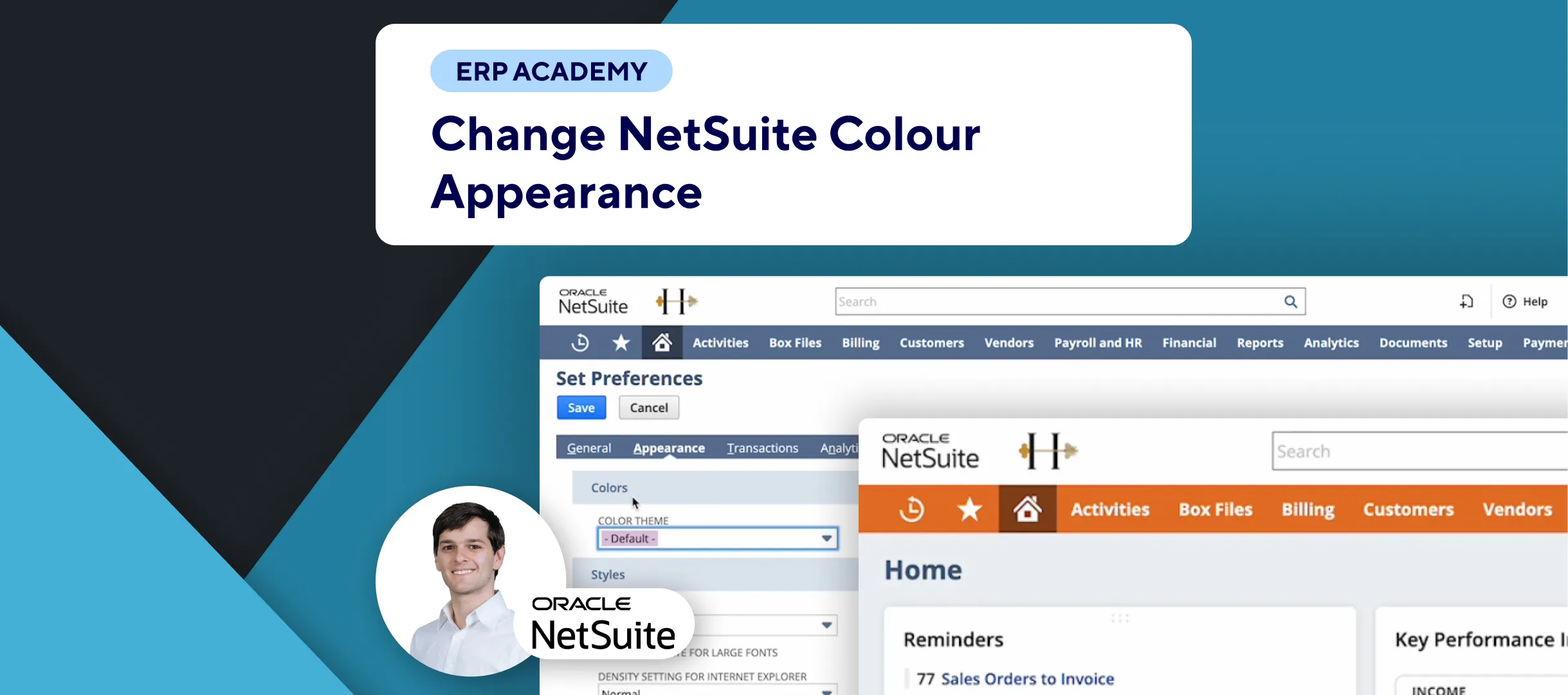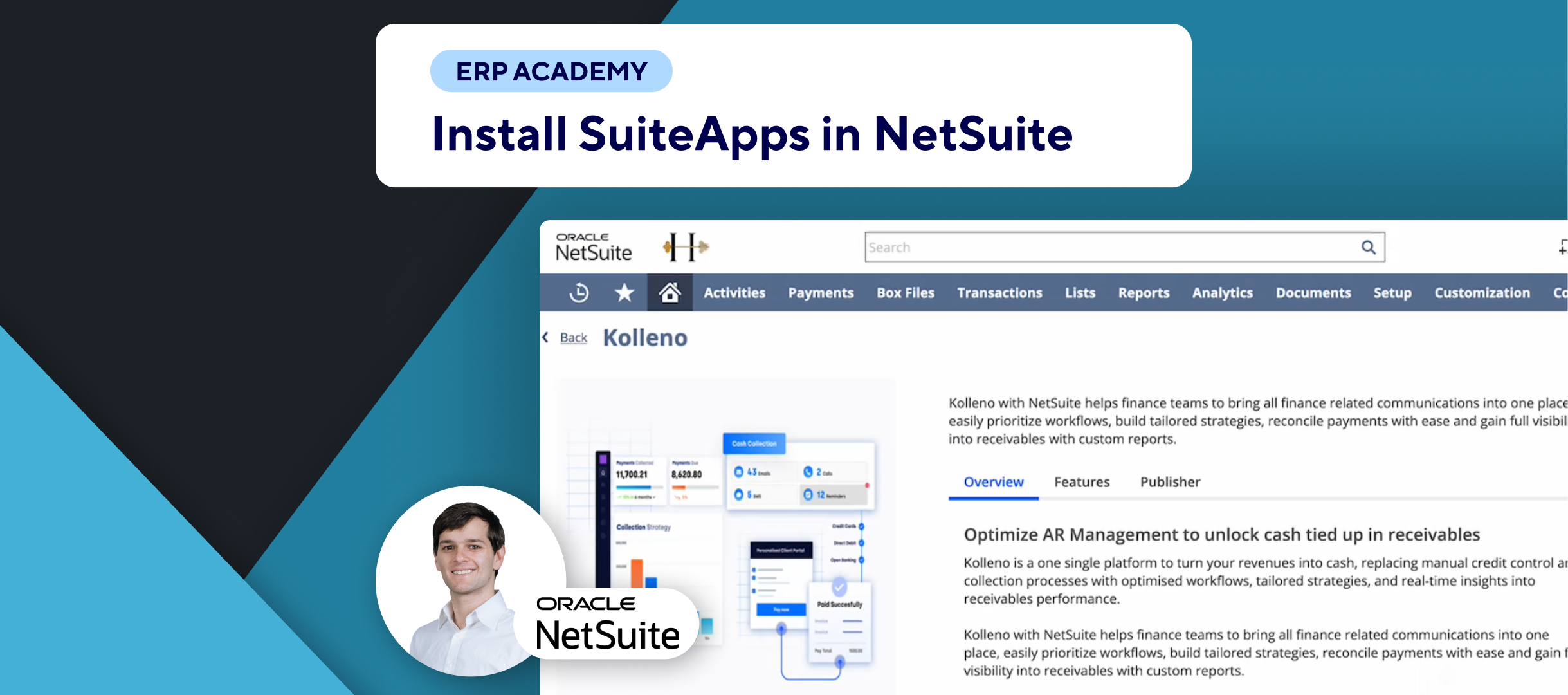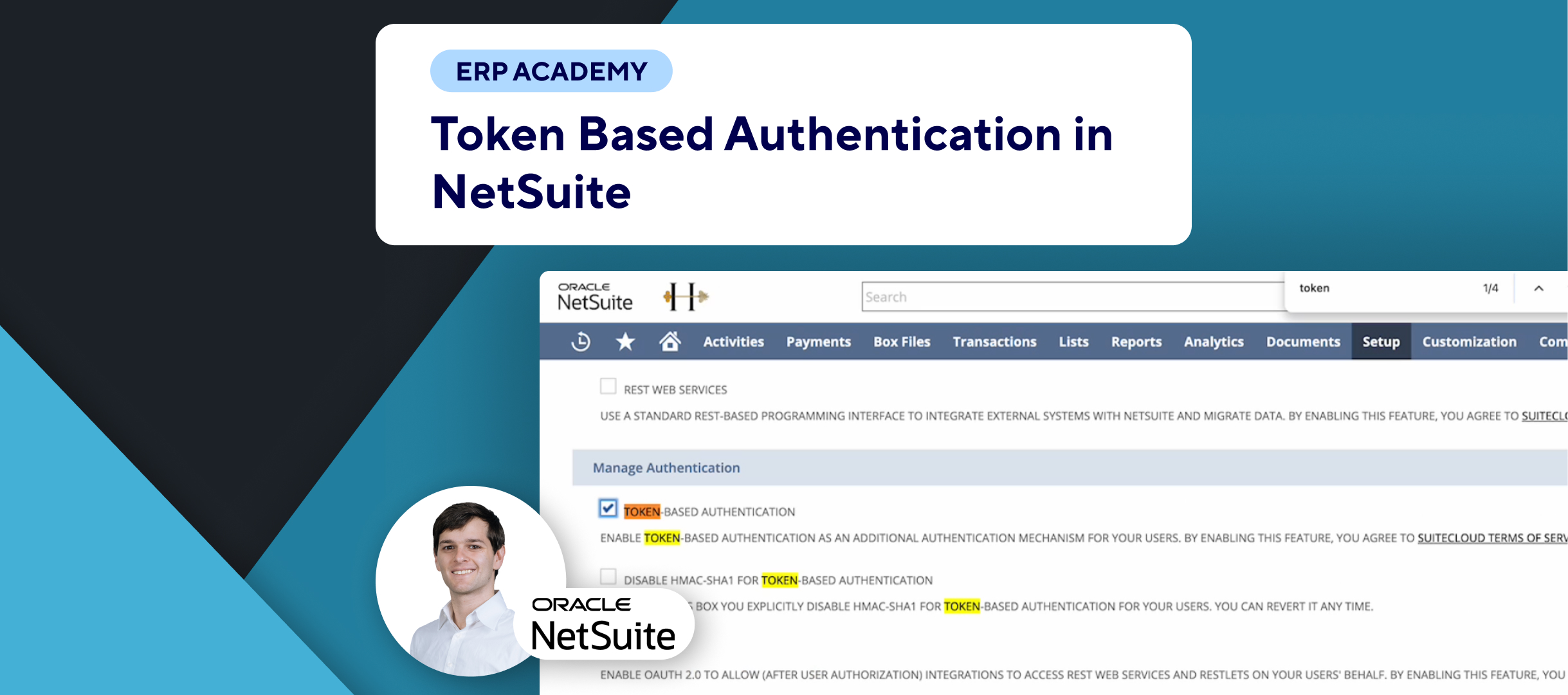In this tutorial, we’ll explain what NetSuite Bundles are and how to install them to enhance or modify your NetSuite system’s functionality.
What Are NetSuite Bundles?
📦 Definition:
- NetSuite Bundles are packages of customizations, scripts, and configurations that can be installed into NetSuite accounts.
- They extend or modify the system’s functionality and can be created by users or distributed by Oracle NetSuite.
🔄 Usage:
- Users can share configurations between different NetSuite environments.
- Oracle NetSuite distributes standard packages for common business needs.
🛠️ Accessing Bundles:
- Bundles are managed through SuiteBundler, a tool in NetSuite for installing and updating bundles.
- Some bundles are public, while others are private and shared within specific organizations or with selected clients.
Steps to Install a Suite Bundle
- Navigate to SuiteBundler:
- Go to: Customization > SuiteBundler > Search & Install Bundles.
- Search for a Bundle:
- Enter a keyword (e.g., “email”) and click “Search.”
- Browse the list of available bundles. Some are official NetSuite bundles, and others are from third parties.
- Select a Bundle:
- Click on the desired bundle (e.g., Electronic Invoicing).
- Review the bundle details, including languages, provider information, description, components, and SuiteApp info (if applicable).
- Install the Bundle:
- Click “Install.”
- Confirm the installation by clicking “Yes, I want to proceed.”
- Review the installation details on the redirected page and finalize the installation.
- Check Installation Status:
- The installed bundle will appear in your list of bundles.
- The status may be pending for a few minutes.
Final Thoughts
Installing NetSuite Bundles is a straightforward process that allows you to enhance your NetSuite system with additional functionality. For more detailed tutorials, including how to install SuiteApps, check out our other videos.
If you found this video helpful, please share it with your colleagues. See you in the next tutorial! 👋
